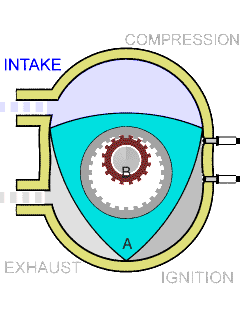Mike,
On a serious note, I don't feel Thane or Bill to be liars. I've seen their videos and they are somewhat convincing. I keep revisiting my SFT occasionally with new ideas and no real success. I'm growing closer to despondency each time I try and the 'same old story' comes up in the calculations. I'd really appreciate it if you could make a video showing your current setup and measurement instruments. I know you said that you aren't satisfied with your setup yet, but to tell you the truth, any OU is satisfying as it is novel. Please share what you have so far. I will reciprocate and show you a video of my setup. I actually did get a 17 degree phase angle with the SFT tonight using a 330 ohm load at 3000 Hz... I look forward to seeing your setup and how I might replicate it.
Dave
On a serious note, I don't feel Thane or Bill to be liars. I've seen their videos and they are somewhat convincing. I keep revisiting my SFT occasionally with new ideas and no real success. I'm growing closer to despondency each time I try and the 'same old story' comes up in the calculations. I'd really appreciate it if you could make a video showing your current setup and measurement instruments. I know you said that you aren't satisfied with your setup yet, but to tell you the truth, any OU is satisfying as it is novel. Please share what you have so far. I will reciprocate and show you a video of my setup. I actually did get a 17 degree phase angle with the SFT tonight using a 330 ohm load at 3000 Hz... I look forward to seeing your setup and how I might replicate it.
Dave
 We (as a group) are leaders first in knowing things are being with held from us in the schools.
We (as a group) are leaders first in knowing things are being with held from us in the schools. four cores across the secondaries. I refuse to use a giant amplifier or small of low efficiency. We will only be guessing that way, but for now 60hz.
four cores across the secondaries. I refuse to use a giant amplifier or small of low efficiency. We will only be guessing that way, but for now 60hz. who knows something is going on and we don't have all the facts yet so thoughts of lowering the coupling have been on my mind from the start.
who knows something is going on and we don't have all the facts yet so thoughts of lowering the coupling have been on my mind from the start.

 ) always thought that i would buy some Permalloy sheeting and do a lamination out of that stuff.
) always thought that i would buy some Permalloy sheeting and do a lamination out of that stuff. that you have selected this technology and showing a serious desire to go for a real OU project.
that you have selected this technology and showing a serious desire to go for a real OU project.




Comment